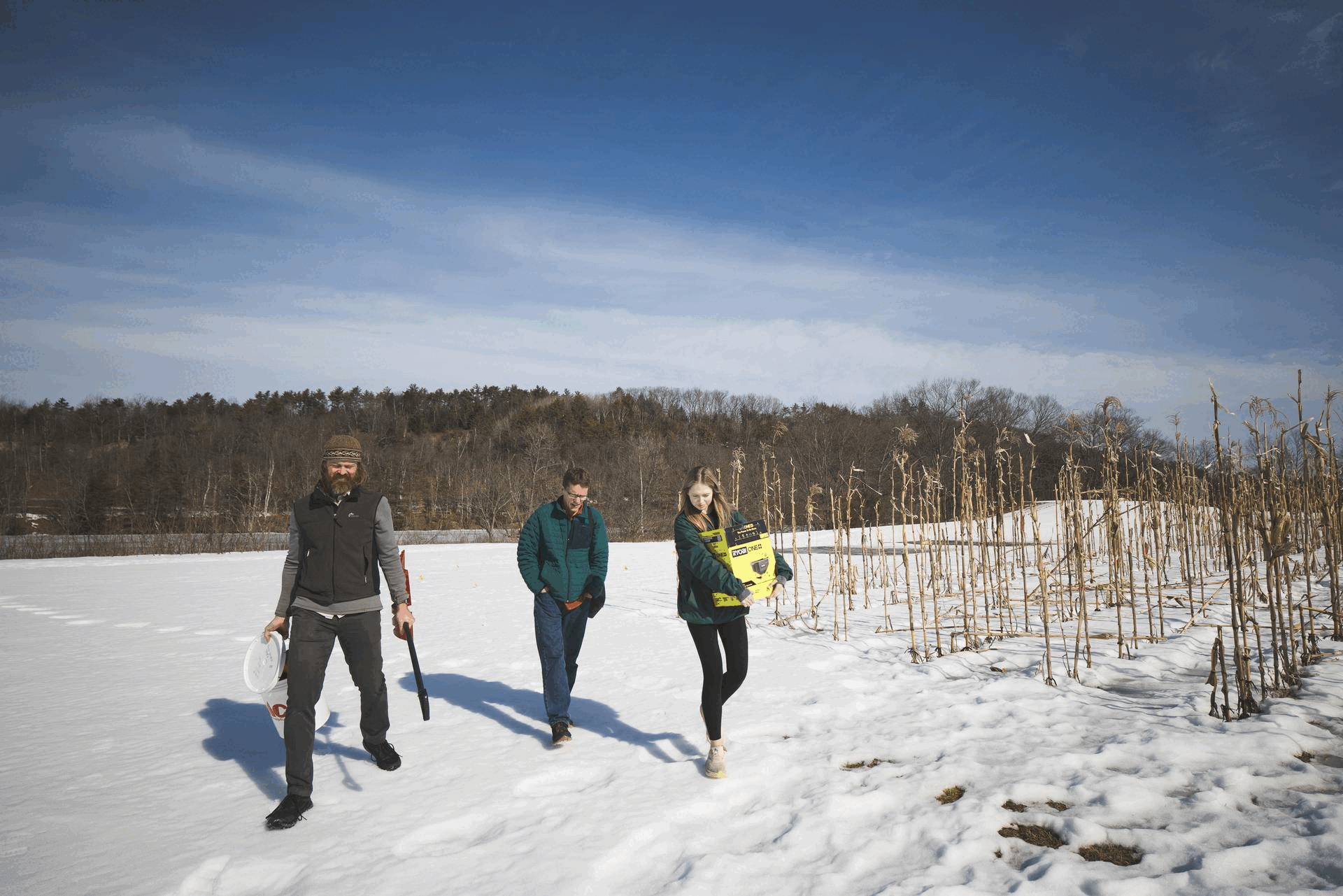On the Road to the Grand Canyon
After nine and a half weeks and nearly 3,000 miles, the group—now led by Senior Lecturer Edward Meyer, the program director for the entire Stretch—enters its last segments, which will lead the group into the Sierra Nevada mountains, Death Valley, and, finally, the Grand Canyon.
Among other things, they’ve spent the past week practicing digital-mapping techniques in Death Valley, Calif.
“There’s a mapping project looking at rocks that were deposited just before the development of complex life, during perhaps the most extreme climate fluctuations on the planet in the last billion years,” Meyer says. “Students create a geologic map to help them see the relationship between different rock types that tell this story. And instead of producing their map with pencil and paper, they’re making it with ArcGIS software. It’s their first exposure on the Stretch to that software.”
They make several stops on the Colorado Plateau to study craters with Assistant Professor Marisa Palucis, who studies planetary geology.
“We visit a meteor crater and also a volcanic crater just outside of Flagstaff, Ariz., that are relevant to planetary geology—Martian geology,” Meyer says. “We discuss how you recognize impact craters versus volcanic craters, something geologists struggled with for 100 years.”



















